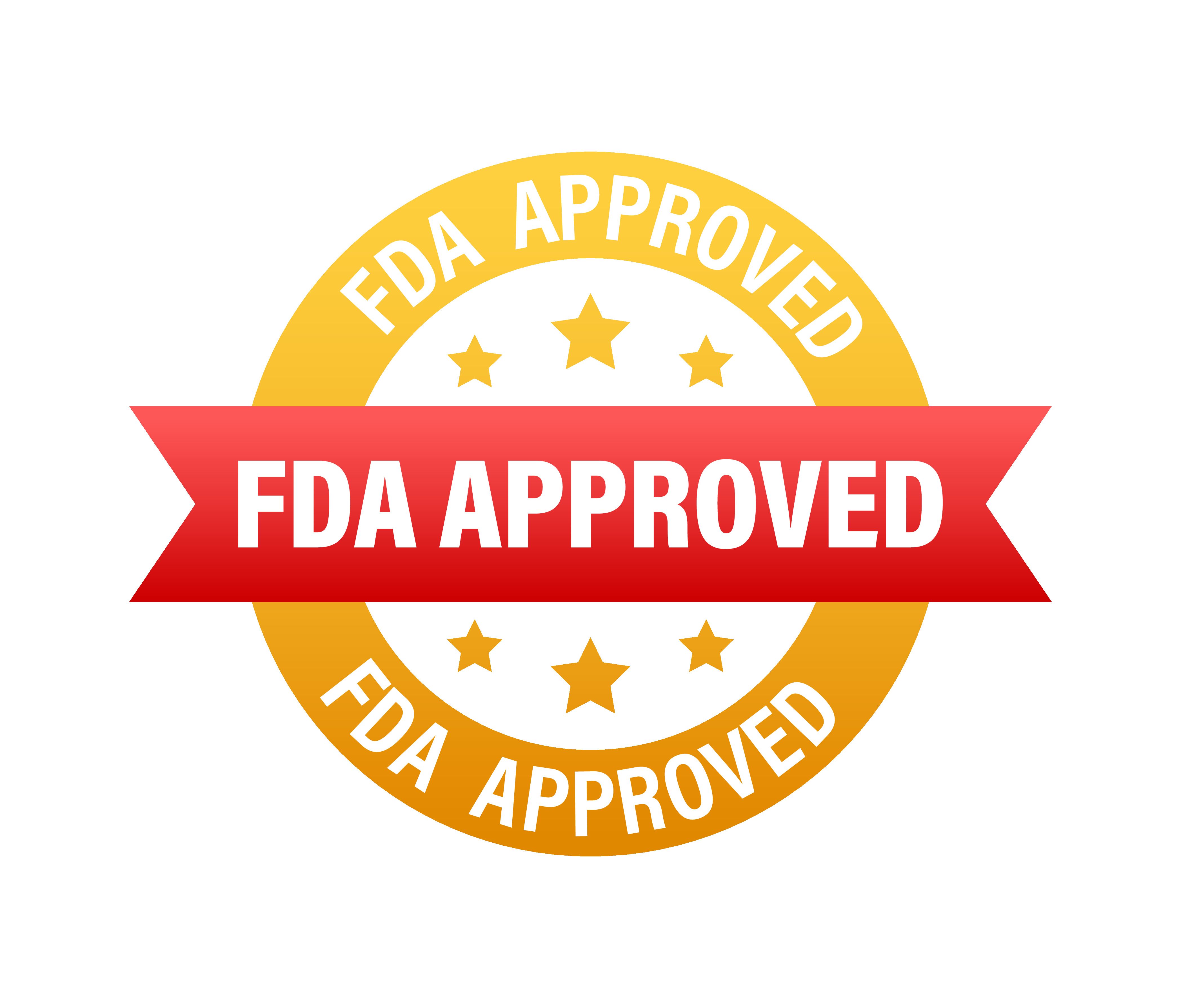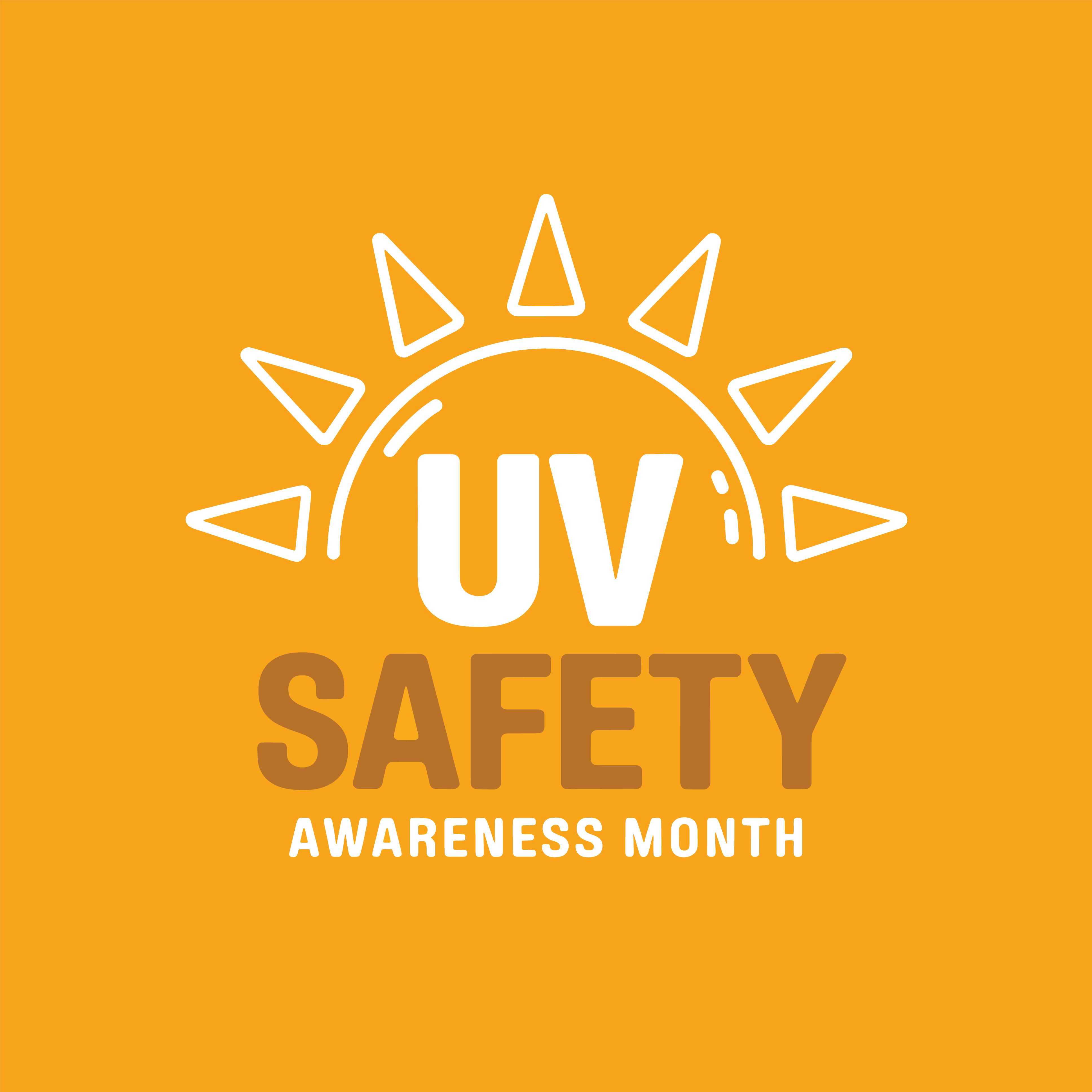Article
Access to Care for Patients With COPD Linked to Resource Use
Author(s):
Factors determining access to care are closely associated with hospital and emergency department visits among adults with chronic obstructive pulmonary disease.
Factors determining access to care are closely associated with hospital and emergency department (ED) visits among adults with chronic obstructive pulmonary disease (COPD), according to a study published in the International Journal of COPD.
The study also found that the key factor in reducing hospital utilization among COPD patients is the availability of pulmonary care specialists, and that access-to-care factors were closely linked to hospital/ED visits rather than PCP office visits. Other factors investigated include numbers of primary care physicians (PCPs), hospitals, rural health centers, and federally qualified health centers.
Preventing acute exacerbations among patients with COPD is an important goal of treatment because acute exacerbations are the major cause of COPD hospitalizations and ED visits, which contribute to the considerable personal and economic burden of the disease. To that end, improving treatment and management of patients with COPD will prevent acute exacerbations and lead to reduced hospitalizations and ED visits. But few studies have actually investigated the link between health status/hospitalizations and availability/accessibility of access-to-care factors such as PCPs, safety net facilities, pulmonary specialists, and hospitals.
The researchers conducted a cross-sectional analysis using data from the 2011-2012 Behavioral Risk Factor Surveillance System linked with the 2014 Area Health Resource Files among adults with COPD. Among 9332 adults with COPD, the proportions of hospital/ED and PCP office visits were 16.2% and 44.2%, respectively. Results showed that access-to-care factors were indeed closely associated with hospital/ED visits. An additional pulmonary care specialist per 100,000 persons was found to reduce the likelihood of a hospital/ED visit by 0.4 percentage points (pp), whereas an additional hospital per 100,000 persons increased the likelihood of hospital/ED visits by 0.8 pp.
Safety net facilities were not related to hospital utilizations. Use of COPD medications was positively related to the proportions of hospital/ED visits and PCP office visits. In addition, increasing income level was negatively related to the proportions of hospital/ED visits, and healthcare disparities appeared in race, sex, and age groups. African Americans had a 9.2 pp and 8.5 pp greater likelihood of hospital/ED visits and PCP office visits, respectively, compared with Caucasians; males had a 3.6 pp and 10.4 pp decreased likelihood of hospital/ED visits and PCP office visits than females, respectively; and older adults (aged 55 years and older) demonstrated a 9.9 to 11.4 pp lower likelihood of hospital/ED visits than younger adults (aged 18 to 24 years).
The authors concluded that an increase in the availability of pulmonary care specialists may reduce hospital utilizations in areas with little or no access to these specialists, leading to reduced costs. However, the limited numbers of pulmonary care specialists may mean that telehealth services are a good alternative.
Finally, since the availability of hospitals actually increases hospital utilization, directing patients with COPD to pulmonary care specialists may decrease hospital utilizations.
Newsletter
Stay ahead of policy, cost, and value—subscribe to AJMC for expert insights at the intersection of clinical care and health economics.





